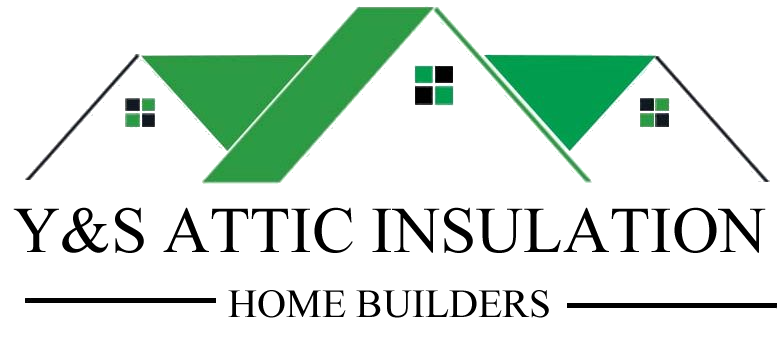Insulation is a crucial factor in maintaining your home’s comfort and energy efficiency. With various insulation installation techniques available, selecting the right one can feel overwhelming. Factors such as your home’s structure, climate, and energy goals all play a role in determining the most effective method. Understanding these considerations can help you make an informed choice.
Assess Your Home’s Specific Needs
Every home has unique insulation requirements based on its layout, age, and existing insulation. For attics or open spaces, blown-in insulation provides comprehensive coverage by filling hard-to-reach gaps. For walls or crawl spaces, fiberglass batt insulation offers a simple and affordable option. Homes with irregular structures or areas prone to drafts benefit greatly from spray foam insulation, which seals even the smallest cracks.
Consider the Climate
Climate plays a significant role in choosing the best insulation installation technique. For regions with extreme heat, radiant barriers or reflective insulation help reduce heat gain and lower cooling costs. In colder climates, spray foam or fiberglass insulation is ideal for retaining heat and preventing drafts. Understanding how insulation interacts with your local weather ensures maximum energy efficiency.
Balance Cost and Efficiency
Budget is another important factor when selecting an insulation technique. Fiberglass batt insulation is cost-effective and easy to install, making it a popular choice for many homeowners. Spray foam, while more expensive upfront, provides higher energy savings over time due to its superior sealing properties. Blown-in insulation offers a middle-ground option, balancing affordability with efficiency.
Evaluate Long-Term Benefits
When selecting an insulation method, consider its durability and maintenance requirements. Spray foam insulation offers long-lasting performance and resistance to moisture but requires professional installation. Fiberglass insulation may need replacement sooner, especially in high-moisture areas. Choosing a method that aligns with your long-term goals helps maximize your investment and ensures comfort for years to come.
Choosing the right insulation installation technique for your home involves understanding your specific needs, climate conditions, and budget. By weighing these factors, you can select an insulation method that improves energy efficiency, reduces costs, and enhances overall comfort.
Learn more about insulation installation:
Pros and Cons of Various Insulation Installation Techniques


